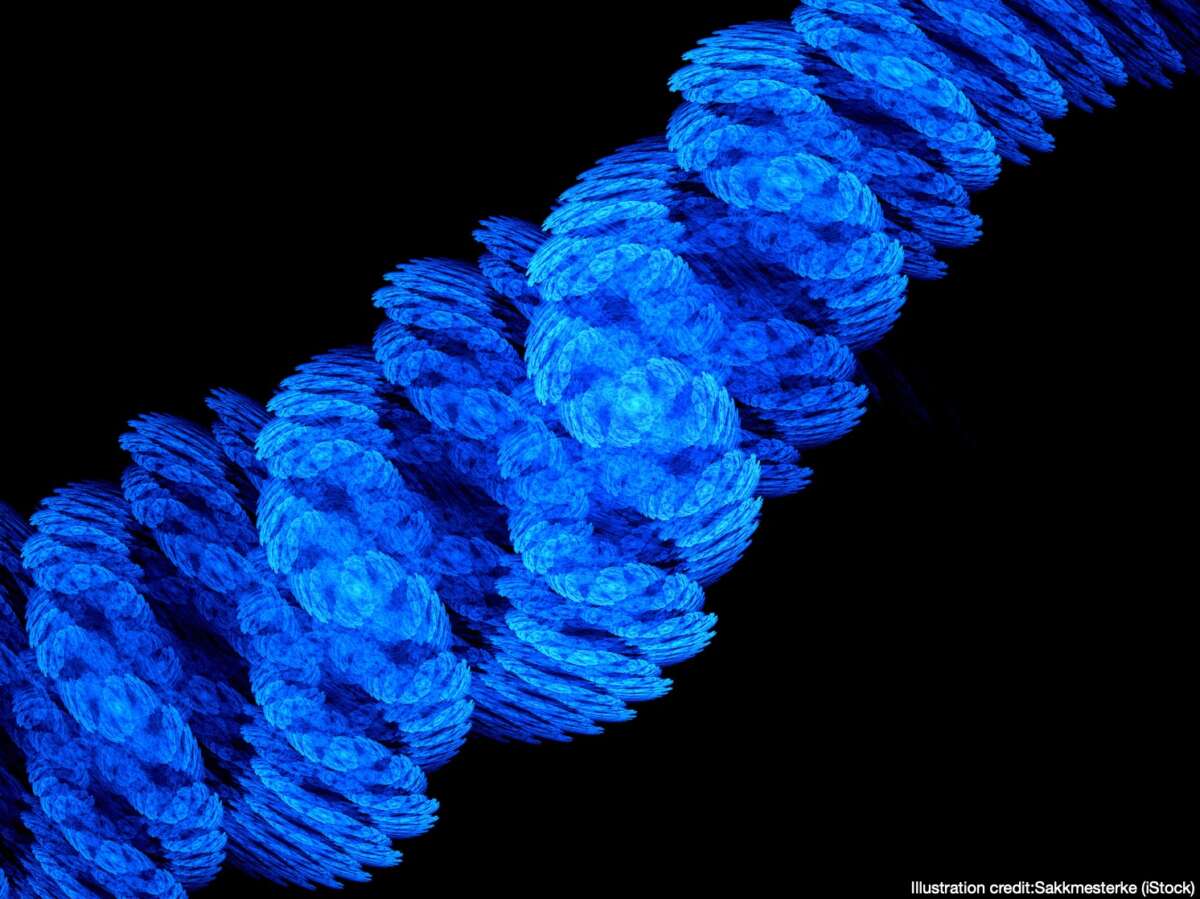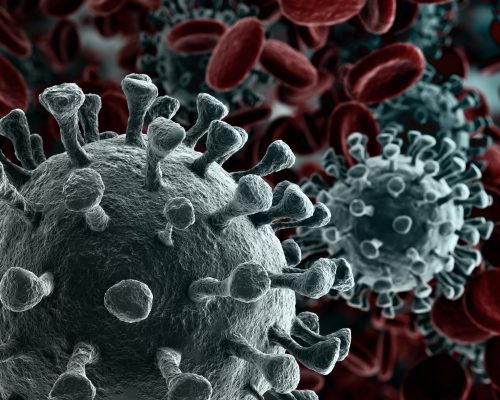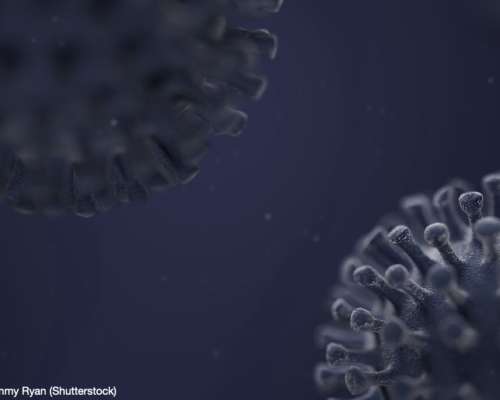How I arrived here (wherever “here” is)
The first time I heard the term “alien DNA” was while I was watching a news conference on CNN early into the pandemic. There were four or five or so men and women in a group called “America’s Frontline Doctors.” They were in Washington outside the U.S. Supreme Court building, or perhaps on the steps of the Capitol. They took turns speaking, and one particular doctor started referring to the COVID virus, possibly vaccines in progress, and (on other occasions if not this one), used unusual phrases–phrases that you would not find in a Dorland’s–including “alien DNA.” She was promoting hydroxychloroquine, a popular treatment back then particularly favored by many far right conservatives and some libertarians. When I read that, I flipped back to a “Jeopardy” rerun wondering “What is alien DNA?” When I researched who she was, other phrases such as “astral sex” and “reptilian spirits” popped up. Hmmm.
Operation Warp Speed
Later in the pandemic, I read stories about scientists using black box technology specifically, and artificial intelligence (AI) in general in “a race for the cure” for COVID. For those 24-30 months when people more or less restricted their activities, a lot had happened in society. Research scientists could not have come up with vaccines for COVID so rapidly without advances in technology.
Then, I started hearing about Navy pilots testifying to Congress about UFO’s, now branded as UAP’s, perhaps to rehabilitate the wacky reputation of the term, perhaps to be more inclusive since some flying objects were said to travel under the surface of the ocean with equal ease. And all during this time, groups like the Search for Extraterrestrial Intelligence (SETI) and Harvard University’s Project Galileo kept stirring the extraterrestrial porridge which was now at the point of boiling.
On a lark, I recently Googled “Alien DNA” and was surprised to see how many returns came back. There is apparently serious ongoing research, not to uncover the genetic code of visitors from beyond the stars, but to study and–using CRISPR–“monkey around” with the human genetic profile under controlled conditions, of course (I hope.) Since I am currently going through a “phase” of increased interest in science, alien DNA seemed like a pretty cool thing to research and write about.
A Crash Course in DNA
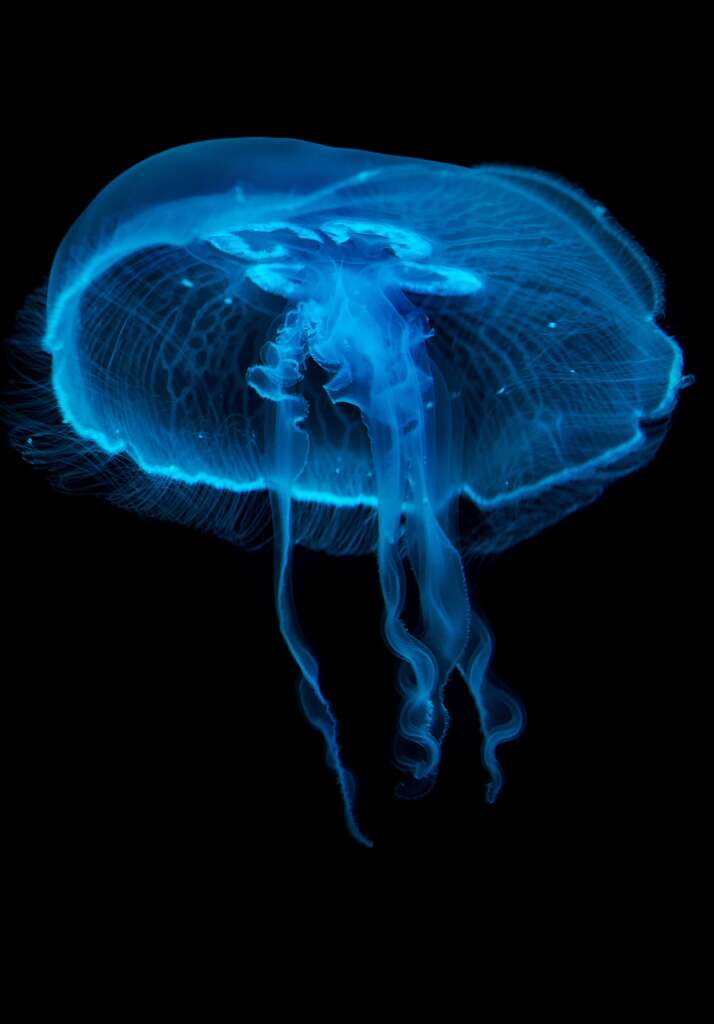
All living organisms on earth have DNA, except for viruses, but then viruses aren’t alive strictly speaking. DNA consists of four nitrogenous bases (thymine, adenine, guanine and cytosine) joined with another of these four ingredients to form specific pairs. The twisting lattice called the helix is made up of sugar and phosphate. Humans have 46 chromosomes, and these are found in almost every cell in our body. The Moon jellyfish (Aurelia aurita) pictured right has 44 chromosomes, so the number of chromosomes, themselves, do not denote sophistication or intelligence. What is important, though is the number of genes that reside on the chromsomes and what these genes do. Humans have approximately 20,000 genes. Yet:
No doubt, many of these genes will be identifiable once the genomes for everything we come in contact with are mapped out. But until then, who knows where they came from? Then again, we have “junk DNA.” In the past few decades, this was thought to be leftover material from ages ago, but today scientists are seeing it more as a nursery for new traits rather than a cemetery for discarded (i.e., bred out) and forgotten traits.
Fundamentally, genes contain information. Coded are instructions for future cells or human generations in terms of pattern baldness (or not), breast cancer (or not), Wilm’s tumor (or not), high cholesterol (or not), green eyes (or not) and so on. Again, fundamentally, genes contain information. The genes are imbedded in the chromosomes, and as I mentioned above, there are almost countless numbers of four bases (T, A, G, C) paired with another base to each strand of DNA. Adenine always pairs with thymine as an example. In a figurative sense, those four bases create a memory potential we can call “X.” But what if there were six pairs instead of four? Two extra bases. The potential in that case could be stated as X+2. And what if we added two more pairs? Then it would be 2X. Here is a news item in 2014 from a British newspaper called The Independent:
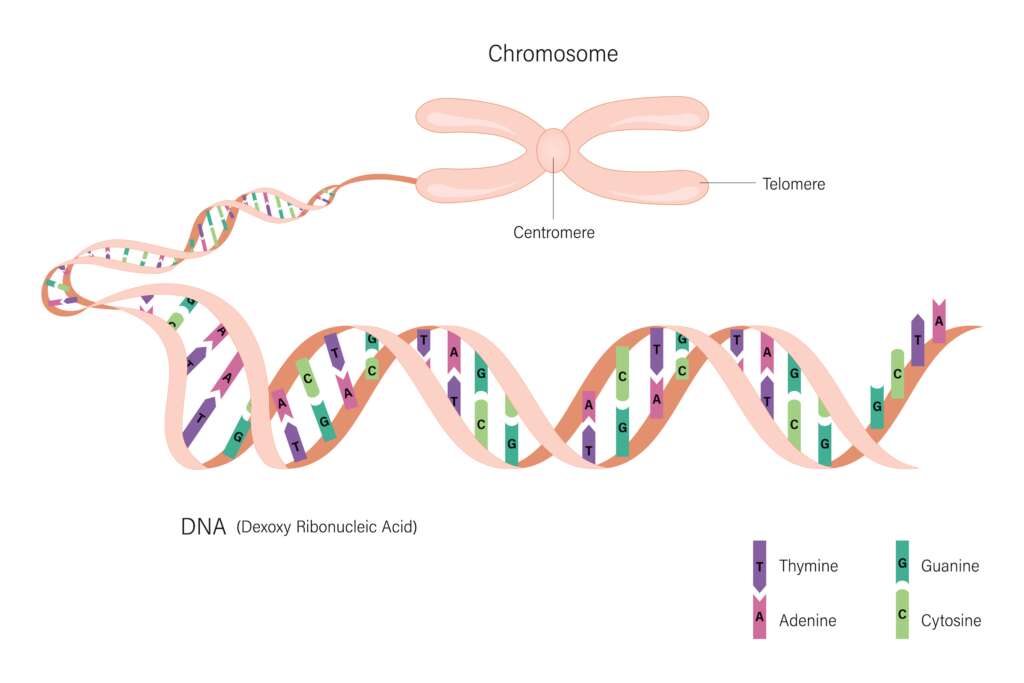
What the scientists did a decade ago was to take e-coli, bacteria that all of us have in our intestines, and genetically engineer the DNA in the bacteria to receive two additional bases, which they called X and Y. Thus, instead of just having TAGC, the e-coli now had TAGCXY. When the modified e-coli reproduced, it confined itself to the original four bases, without creating new material in the X and Y bases. But they could be programmed to do so, greatly expanding the available number of proteins and other amino acids that currently exist based on the potential for the four bases (TAGC.) The could create new possibilies, perhaps (and I’m just guessing wild) gills for humans to allow them to breathe underwater, perhaps create the ability for humans to regenerate a new limb after the traumatic amputation of the original arm or leg. It might provide the ability for humans to hibernate and so on. Adding more bases with appropriate coding to the DNA of tomatoes might make them drought resistant, and perhaps make trees even fireproof! I’m not a geneticist so I cannot predict with any certainty. But this would require “scratch-built” coding at least within the two synthetic bases (X and Y.) Without this, the two extra bases would likely just provide more redundancy to the original bases if they would do anything at all.
NASA weighs in
More recently, the National Aeronautics and Space Administration (NASA) has sponsored DNA research of their own. Working with eight bases (i.e., base pairs), they announced in 2019:
The “take-away” to this announcement is that rather than try to “squeeze” more information/coding into existing DNA structures, scientists can simply start anew from scratch, using the DNA patterns that appear in living things in our world as nothing more than a rough blueprint.
“By carefully analyzing the roles of shape, size and structure in hachimoji DNA, this work expands our understanding of the types of molecules that might store information in extraterrestrial life on alien worlds,” said Benner.
Steven Benner at the Foundation for Applied Molecular Evolution in Alachua, Florida colloborated with scientists from the University of Texas and the Indiana Medical School working with DNA Software from Michigan and they named their eight-base product “hachimoji” which is a Japanese compound word translating into English as “eight letters.”
NASA’s press release continues to note that the hachimoji experiment produced DNA that: “meets all the structural requirements that allow our DNA to store, transmit and evolve information in living systems.” According to Benner, “by carefully analyzing the roles of shape, size and structure in hachimoji DNA, this work expands our understanding of the types of molecules that might store information in extraterrestrial life on alien worlds.”
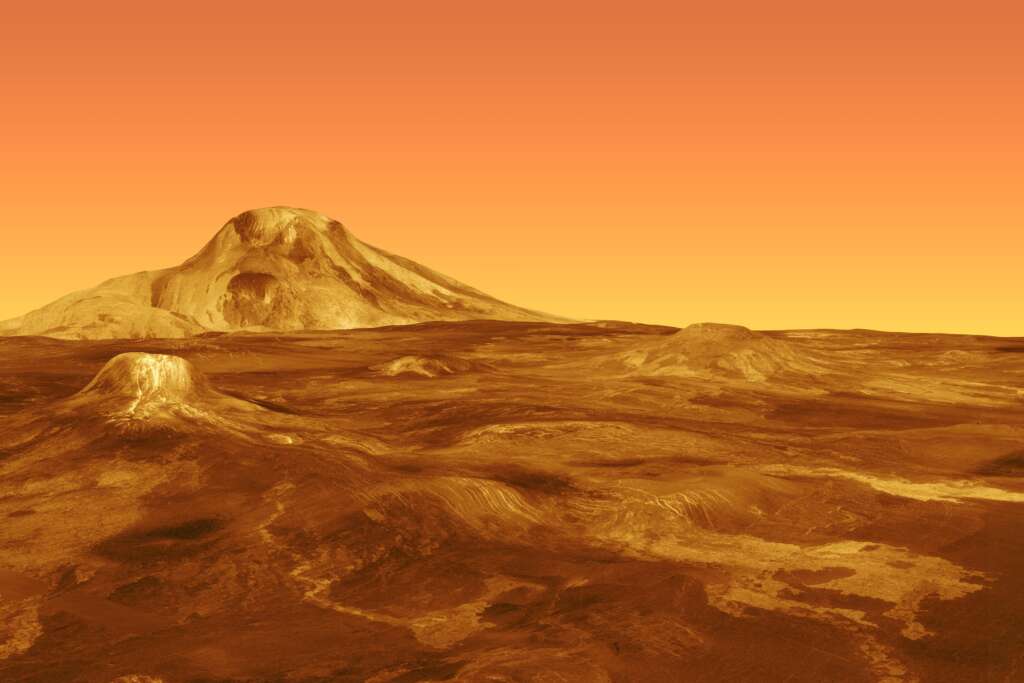
Then, too, there are the frozen outer planets, such as Neptune where the surface temperature rarely rises above minus 392 degree Fahrenheit. And there are the gas giants such as Jupiter and Saturn with hydrogen, helium and some methane in their atmospheres. Finally, there is Mars where we have many probes searching for life from the ground and now from the air. We learn more about Mars every day, but there is yet so much more to learn.
NASA notes (ibid):
“One of NASA’s goals is to search for life on other planets like Mars, where there was once flowing water and a thick atmosphere, or moons of the outer solar system like Europa and Enceladus, where vast water oceans churn under thick layers of ice. What if life on those worlds doesn’t use our DNA? How could we recognize it? This new DNA may be the key to answering these questions and many more.”
Alternatives to Carbon Based life
There is another way to hypothesize life besides DNA. While DNA and genes provides the blueprint for life on Earth, it is important to also note what substance the “tie that binds” is. We say, for example, that life on Earth is “carbon-based.” Carbon is a chemical element that is able to form complex, stable molecules, especially with those elements among others such as oxygen, nitrogen and hydrogen. These three elements, plus carbon, itself comprise four of the six so called “building blocks of life.” Carbon is present to only 0.03-0.05 percent of Earth, but it forms 18.5% of the human body. Venus has too much carbon for life as we know it, and Mars, our sister planet has too little. The same is true thoughout the galaxy. The carbon element as it applies to this planet is one of the reasons many scientists believe in the Rare Earth hypothesis, which sees the Earth as truly unique in terms of life as we know it. But, that’s only in terms of carbon-based life. There may be alternatives to carbon-based life if the circumstances on another planet or moon are different. Some planets are awash in ammonia, which is poisonous to us. But maybe not to some other lifeform that calls that planet home.
One possibility is silicon. Silicon is in the same group as carbon on the periodic table which means it has many of the same advantages (favorable properties for life) as carbon, but it is less versatile than carbon. Silicon cannot bind with those elements necessary for metabolism of earthly living things. Metabolism is the process by which lifeforms eat and digest sources of energy, exchange gases, excrete toxins, etc.
As a result, a silicon-based lifeform would be radically different than we could imagine.

For example, consider the crystal formations in the photo above. In a silicon-based biosphere in some corner of the galaxy, these crystals might be the predominant life form on the planet. They might (or might not) be able to move about. They might communicate with each other, evolve, certainly reproduce etc. The crystals might be self aware, possibly dangerous in ways we cannot begin to imagine.
The importance of solvents
For the sake of those of us who don’t recall chemistry in high school, I am going to take some liberties in how I express technicalities. We all know that cells need sugar to produce energy. This the basic function of metabolism, and is called cellular respiration. But how can grains of sugar that we use everyday penetrate cell membranes? The answer is water acts as a solvent breaking down the grains of sugar into a solution. If you take a glass of water and add sugar (or salt) and stir it, the grain of sugar/salt dissolve in the water. Obviously, there is more to it before cellular respiration occurs, but that illustrates how water is a solvent and provides one example of why water is so importent to life on Earth.
There are other liquids, however, that act as solvents. Ammonia for one, and it’s plentiful in our universe. But as the Centers for Disease Control and Prevention (CDC) points out, exposure to ammonia can cause illness and death. Usually these exposures are the resut of industrial accidents.
There are other problems for ammonia to be a possibility. Water is chemically known as H2O, which means that an Oxygen atom must bond with two hydrogen atoms. However, with ammonia, the bond with hydrogen is not as strong as with water.
Recent research suggests that amino acids remain stable in concentrated sulphuric acid, such as what one might encounter in the clouds of Venus. Continuing on the topic of solvents, Janusz Pętkowski, a research affiliate at the Massachusetts Institute of Technology (MIT) in Cambridge wonders:
“Life needs some sort of liquid medium to function, but does it always have to be water?“
And, there are many other hypotheticals (methane, arsenic, barium, etc.) as discussed here.
A Christian perspective on CRISPR and genetic modification
There is always the possibility of unintended consequences when conducting basis research. According to the World Health Organization, as of 12 July 2023, there have been 768,983,095 confirmed cases of COVID-19. Almost one billion people! The number of people who died since that same date is 6,954,336 worldwide. And the virus is still circulating though in a different form (i.e., variant.) What if COVID was caused by an accident at the Wuhan Institute of Virology. Some scientists working with or without the blessing of the Chinese government, experimenting to make a virus less lethal, or perhaps more deadly! Viruses do not have DNA, but they have RNA which I have not discussed here.
What if a modified Coronavirus escaped from the lab in Wuhan?
Imagine a famous composer writing a love song for someone special, rewriting it, carefully arranging it and then seeing it misappropriated to fit different genre by some other artist, perhaps adding indecent lyrics or hearing it totally in a completely different key or context. It might be used to support a cause or political POV that the composer does not agree with. That composer might rightly be upset. Likewise, God created us and loves us as we are, as we were created, not as some people might want to edit or remake us or themselves.
Satan tries to pollute the human race. He wants to turn it into something it was never intended to be. This started in Genesis, Chapter Six with angelic unions and continues in some way, shape or form today. Designer babies. Clones. Perhaps gender affirmation surgery. CRISPR experiments.
I’m not referring to efforts to prevent DMT1 (childhood diabetes) or in utero surgery to address emerging hydrocephalus or the manipulation of genes to prevent cystic fibrosis. If these efforts are properly vetted by Ethics Committees and duly approved, that is one thing. But for doctors like He Jiankui who received a three year prison sentence for using CRISPR on twin embryos in an attempt to make the twins HIV resistant.
Society needs to make ethical choices and set rules, otherwise brilliant researchers with many different motives will create what very well might be monsters out of the human genome.
